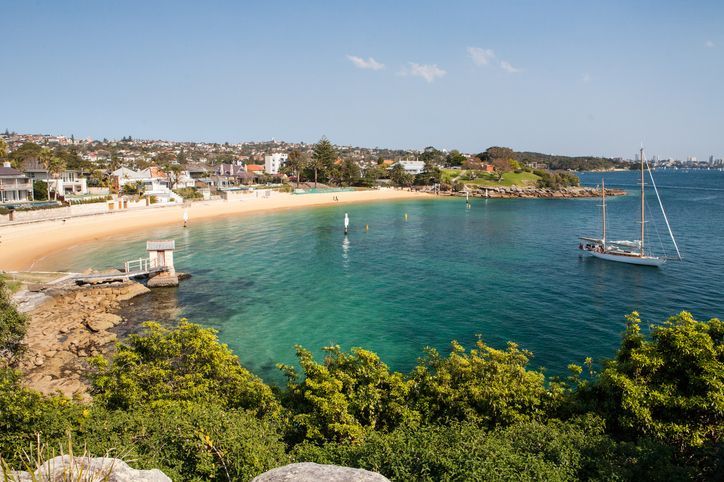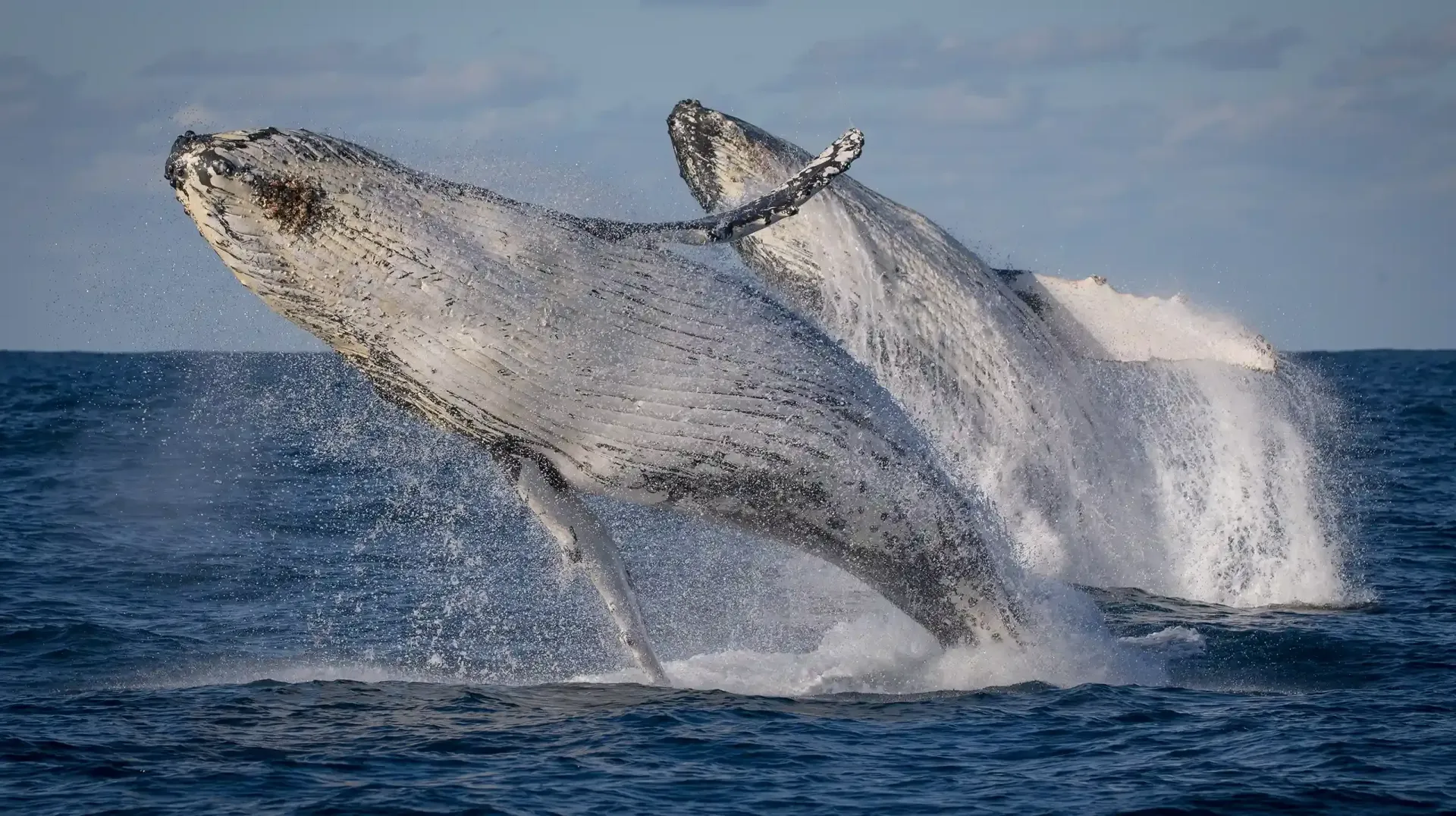Greetings from the big blue,
Not too long ago, spotting a humpback whale off the Sydney coast would have been a rare and extraordinary occurrence. Today, it’s an annual event spanning six months, something we look forward to every winter as these ocean giants breach, blow and slap their way along the east coast of Australia. It’s one of the most powerful conservation stories in Australia’s history, but first we have to go back 200 years to a darker chapter in the whale story.
Once a whaling nation

Whaling in Sydney Harbour
In the early 1800s, Sydney was home to several small shore-based whaling operations, particularly around Sydney Harbour, including areas like Watsons Bay, Mosman Bay, and North Harbour. Early operations were shore-based, with whaling teams scanning the ocean from clifftops and rowing out in small boats to harpoon passing whales, mainly southern right whales and humpbacks, which migrated close to the coast.
Later in the mid-1800s, Sydney also became a key base for offshore whaling voyages, with whaling ships departing from Circular Quay, formerly known as Sydney Cove, to hunt sperm whales and humpbacks further out at sea.
Supercharged by new technology
In the early 20th century, advances in technology, especially the explosive harpoon gun, supercharged the hunting process. Along with a shift to larger, steam-powered ships capable of hunting whales further offshore and in greater numbers, whaling in Australia became industrialised and unsustainable, and whale populations plummeted. Humpbacks, which had once migrated along the east coast in vast numbers, were pushed to the edge of extinction.
By the 1960s and 70s, it became clear that Australia’s whaling industry was no longer sustainable, economically or ecologically. Whale populations had been decimated, and the demand for whale products like oil and meat had collapsed as alternatives became widely available. Only a few stations remained, and they were no longer economically viable.
At the same time, public opinion was shifting, with growing awareness of the environmental impact of whaling. Conservation groups and scientists pushed hard for change, and mounting global pressure made it clear the industry had no future. In 1978, Australia banned commercial whaling and closed its last station, marking a turning point from exploitation to protection.
By the time commercial whaling ceased in Australian waters, it is estimated that only 200-300 individual humpbacks remained. Sydney, once a place where whales were hunted, had become a coastline where they were scarcely seen.


The comeback of Australia’s whales
After whaling was banned in Australian waters, humpbacks were given a chance to recover, and they did. Legal protection, marine park zones and increased public awareness helped create safer migratory corridors along the coast, and their numbers began to grow.
From a population of just a few hundred, the east coast humpback population has now rebounded to more than an estimated 50,000 individuals on the east coast alone, making it a global success story in marine conservation.
See whales in the wild in Sydney
You don’t have to travel far to witness one of nature’s greatest spectacles - Sydney puts you right on the front row of the Humpback Highway. With whales passing just off the coast from May to November, and tours heading out daily from the heart of the city, Sydney offers an unbeatable mix of convenience, accessibility, and awe.
The real magic happens out on the water, so book your Sydney whale watching cruise with us today!
Signing off,
Captain Simon



